by Heidi E. Y. Stemple
Storystorm is all about ideas. Seeing them, searching for them, compiling them, listing them, gathering them…
I’m excited to be teaching about nonfiction ideas at the Storystorm Highlights retreat this spring because I love finding nonfiction ideas. I find them in news clippings, in the google doodle, on the radio, at museums, while reading. I stumble upon nonfiction ideas while researching other stories. I have been hit in the face by them while walking in nature or driving down the road (not literally, of course). They are everywhere.
But, once you have an idea, what do you do with it?
A nonfiction idea is different, in many ways, than any other idea. It comes with rules. If it is a biography or history, it can come with a plot built-in. You are presented with the entire story—beginning, middle, end. It has an armature already in place. But, the story already being set, can be deceptive.
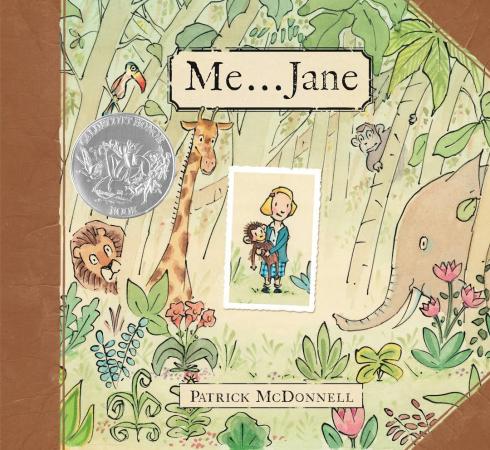
Let’s take Jane Goodall’s story. You could tell her story about working with the chimps, whole-cloth, cradle to grave (though, her conclusion is far from written since she is still very much alive and still changing the world). Go find yourself a copy of the book ME JANE (by Patrick McDonnell). This book takes a unique look at Goodall’s origin story. The author found a small story arc in Goodall’s childhood and pulled it out of the larger story arc of her life. Imagine how many stories can be written about this one subject. You could come up with a story idea every day this month just for Jane Goodall! But, how do you make that story stand out? That is the REAL question. How do you take that idea and make it into something unique?
If you are talking about a nonfiction idea that has less strict lines, perhaps a science or nature-based book, it still has rules—you can’t plop in a fairy or a stream that rushes UP a mountain and call it nonfiction. So, how can it be different from what’s already out there?
Let’s take a look at some books about nests. In my bookshelves alone, I can find a couple dozen books about nests. Fiction and nonfiction, narrative and expository. So many books on the same subject. And, no two are alike (insert birds of a feather joke here). Here are three books on that same subject and all are different in the way they take it on:
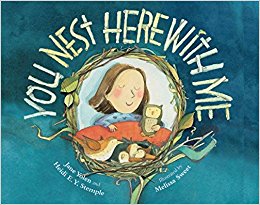
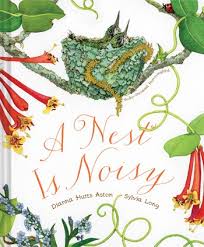
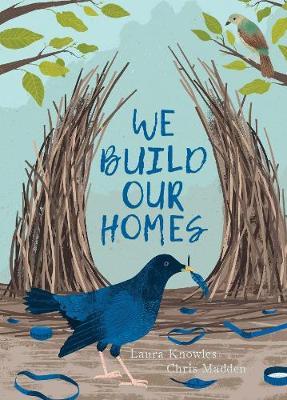
What makes each of these books, written after each author had the same idea—to write about nests—completely unique?
The magic is in taking that idea and making it your own. What perspective you take to look at the subject. Will you look at the birds (or other nest builders) from an outside observer’s point of view? Or from the bird’s? What voice will you use to tell your story? Will it be poetic? Scientific? A combination of the two? Will you choose, and make the most of, a literary device? Will you rhyme? Use alliteration or pack it with similes? Be silly or serious.
Go further: Look to the history or nature of the story to inform your story voice.
In LIGHTS, CAMERA, ALICE (by Mara Rockliff, illustrated by Simona Ciraolo) the story is about a woman in the film industry and parts of the story are told in old fashion (silent film) movie placards. That sets the book apart from any other book I’ve seen. Is your books about a mathematician? Can you integrate numbers into your story?
Does your protagonist have a catch phrase (look at I DISSENT by Debbie Levy, illustrated by Elizabeth Baddeley).
Carole Boston Weatherford uses rhythmic words to tell the story of John Coltrane in BEFORE JOHN WAS A JAZZ GIANT (illustrated by Sean Qualls) which makes the reader really feel the music that informed every aspect of Coltrane’s life.
What if you have a ridiculous idea? My book EEK YOU REEK (co-authored by Jane Yolen and illustrated by Eugenia Nobati) is about stinky animals. We chose humorous poems to be the vehicle to drive this subject. But, there is lots of nonfiction packed in those rhymes—even the really short ones:
The Shore Earwig (A Haiku)
Eat me. I dare you.
I’m a nasty stink bomb—POW!
Not so tasty now.
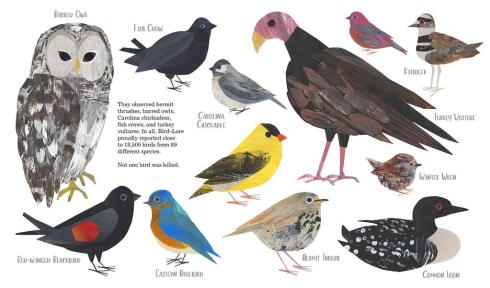
One more thing to think about—where it gets even more interesting—if you have a nonfiction idea, there is no rule saying you need to write a nonfiction book. Take, for example, the Audubon Christmas Bird Count. My book COUNTING BIRDS (illustrated by Clover Robin) is the nonfiction account of its history. Since it published, two other books about the same subject, though in a fictional way, have come out (FINDING A DOVE FOR GRAMPS, Amstutz/Di Gravino, and BIRD COUNT, Richmand/Coleman) and each has a new way to look at the same subject. Far from competing, these books work together for the bird-loving child.
So, don’t be afraid. Feel free to take a nonfiction idea and move away from it. Write something completely fictional or even fantastical. That nonfiction idea is your seed—the tree you grow from it is your choice.
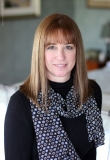 Heidi didn’t want to be a writer when she grew up. In fact, after she graduated from college, she became a probation officer in Florida. It wasn’t until she was 28 years old that she gave in and joined the family business, publishing her first short story in a book called Famous Writers and Their Kids Write Spooky Stories. The famous writer was her mom, author Jane Yolen. Since then, she has published more than 20 books including You Nest Here With Me, Not All Princesses Dress In Pink, and 2 Fairy Tale Feasts cookbooks, as well as numerous short stories and poems, mostly for children.
Heidi didn’t want to be a writer when she grew up. In fact, after she graduated from college, she became a probation officer in Florida. It wasn’t until she was 28 years old that she gave in and joined the family business, publishing her first short story in a book called Famous Writers and Their Kids Write Spooky Stories. The famous writer was her mom, author Jane Yolen. Since then, she has published more than 20 books including You Nest Here With Me, Not All Princesses Dress In Pink, and 2 Fairy Tale Feasts cookbooks, as well as numerous short stories and poems, mostly for children.
Heidi lives on an old tobacco farm in western Massachusetts where she writes, reads, cooks, sews, and once a year, calls and counts owls for the Audubon Christmas Bird Count.
Her website is HeidiEYStemple.com and she’s on Twitter @heidieys.

Heidi is giving away a copy of EEK YOU REEK when it’s released.
Leave one comment below to enter.
You’re eligible to win if you’re a registered Storystorm participant and you have commented once below.
Good luck!
Source : Storystorm 2020 Day 9: Heidi E. Y. Stemple Loves Non-Fiction Ideas









